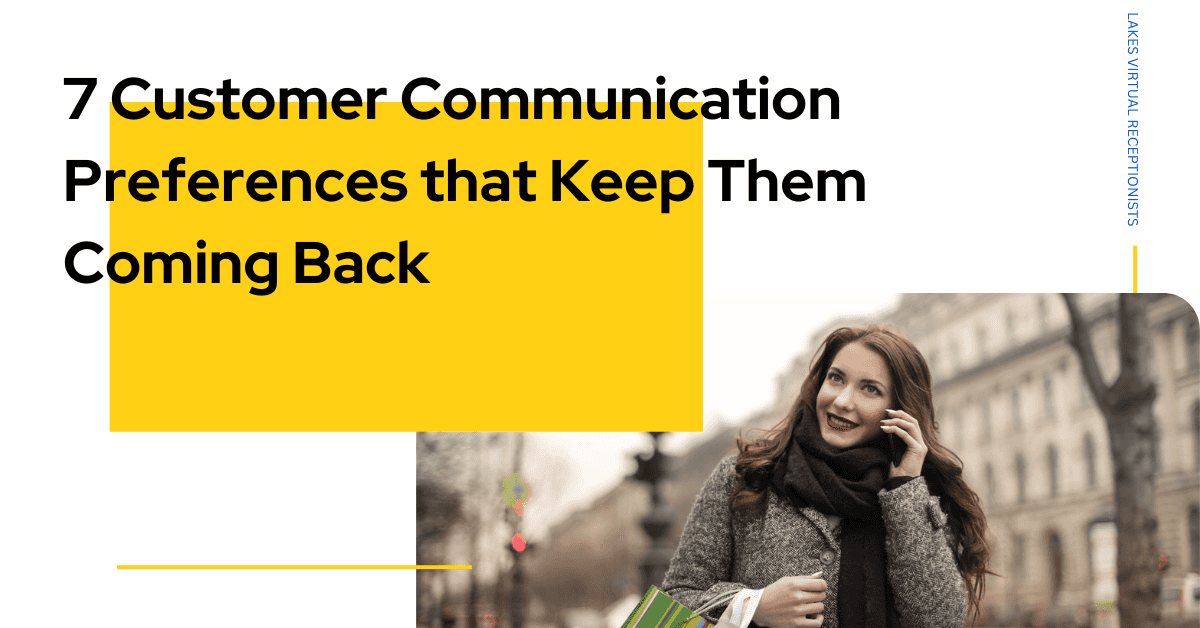You’ve heard money is the lifeblood of a business. But have you wondered what pumps that blood? Hint: It’s the people you serve with your business.
Customers are the heart of a business.
Taking care of your heart (insert: customer), listening to it, and nurturing it in health is important to staying alive. Hence, the crucial need for superb customer relations.
Core to maintaining mutually beneficial customer relationships is great two-way customer communication. You speak to them and you listen. But for small businesses, doing this efficiently at scale can be a challenge.
- Time constraints
- No trained customer service pro, and
- No definite customer relations policies
These are some issues making effective customer communication so hard. But you can’t skimp on this. An unhealthy heart is a catastrophe waiting to happen — like a competitor swooping in to snatch all your customers with their superior customer experience.
On the flip side, if you cater to the current customer communication preferences, not only will you keep your customers loyal, coming back, and gladly spending their money in your business, but you’ll also:
- Make their engagement with your business pleasurable
- Build a strong brand identity that money can’t buy
- Inspire trust in your business that survives any economic shocks, and
- Earn free 5X more effective advertising through word-of-mouth marketing
Ready to see what these communication preferences are and how you can implement them in a small business? Even if you have few resources and a small team? Let’s dive in!
Customer Communication Preferences You Should Activate in Your Business
1. Personalized conversations
Personalized conversations are those that feel 1-on-1 with the customers. Even if you’re communicating at scale, if you have sufficient info about your customers, you can make them feel this close communication with your brand.
Learn their names and preferred pronouns, keep a record of their experience with your business, and use that in communication. CRMs help with this. Use these in your customer communication via emails, phone calls, live chats, etc., to show that you keep them in mind.
Make them feel valued.
If you’re addressing them for the first time, introduce yourself immediately after the greeting. Customers prefer the experience of speaking with an actual person with an amiable personality.
2. Visually appealing engagements
Visuals are processed 60,000X faster in the brain than text. That’s why students seem to grasp ideas and theories presented to them in graphics and videos better than through texts and speech-only lectures.
You can bring that to your customer communications, especially when you have information that needs to stick or add an extra layer of closeness. For example, you can make an onboarding video telling your customers the next steps after signing up for your service. Or you can FaceTime customers explaining how to troubleshoot an issue with something you installed.
Videos can play out in other aspects of your marketing where they’re proven to generate much higher ROI. For instance, you can get customer reviews in videos. Customers are 2.4X more likely to watch those than your branded videos.
3. Automated messaging
According to Intercom, customers love automated support because it enables them to get the answers they need, in an instant.
So, as much as you want to provide personalized experiences, that doesn’t need to play in every scenario. Since your business has limited resources, invest in a great chatbot service. They can handle those usual questions or FAQs that will be awfully repetitive for you or someone else on your team to answer.
When complex questions come, the chatbot will direct them to your team. Nowadays, customers expect this.
4. Positive vibes
Frustrated customer: (Goes on a long angry rant about an issue he has with the company)
Positive customer service: (After apologizing) We understand how frustrating this feels. Let’s help fix it. Give me X minutes.
This is a positive response. Customers may dump all their frustration on you, even if it isn’t your fault, but they expect you to remain calm and professional. That doesn’t sound fair, but this is the heart of your business. You can’t afford to lose your cool and lash out.
Negative responses can put a stain on your brand. And in this era of recorded calls and screenshots, your reputation can be dragged through the muddy streets of social media.
Instead, be that positive light your customer listens to when they’re frustrated. Stay calm, empathize, and help them find a solution ASAP.
Stay positive by consciously using words like: “I will”, “I can”, “I do”, and “I understand”. Avoid words like “I can’t”, “I won’t”, or “I don’t”. Use or misuse of these words has a deep-seated impact on the psychology of your customers.
5. Friendly, warm communication tone
Not everyone can sound friendly over a phone call, but everyone can learn to be. Here are some tips:
Use your smartphone to record a video of yourself speaking. Show the recording to a friend and ask how you sound. Keep fine-tuning till you sound perfectly friendly.
Be aware of how fast you talk. Don’t be too fast or too slow.
Vary the pitch of your voice. Use higher pitches to end questions or to stress a word. Switching to a low pitch projects calm. But staying low throughout the conversation makes you sound uninterested.
Before picking up a call, wear a warm, genuine smile (it’s not silly, that’s what the experts do). Smiling has a way of calming you down, even if you are working under pressure. Not only does smiling lower your stress, but your customers will also hear it in your “hello” and feel more welcomed.
6. Clear, swift, concise interaction
HubSpot stated, “Almost ⅔ of buyers expect a response within 10 minutes to any marketing, sales, or customer service inquiry.”
Got 10 minutes to spare in the middle of your workday? If you’re a busy executive of a small business and don’t have a dedicated team member to handle customer relations, I doubt you can respond to most inquiries within 10 minutes.
In a situation like this, it’ll be great for your business to outsource your inbound communication. Most of the time, these inquiries do not need an owner-level understanding of the business to provide answers. You can provide a script and let a virtual receptionist handle these inquiries in less than 2 minutes.
They’re trained to speak in clear, direct, and friendly sentences that a 6th-grade child will understand.
Your customers will appreciate this and keep coming back.
7. Social media customer service experience
75% of consumers use social media to research and engage with brands. It’s quick and direct. Plus, it gives them direct access to a sea of feedback from your other customers. See why online reputation in today’s world is absolutely critical?
Get on social media platforms and establish your brand presence. Start with the big ones: TikTok, Facebook, Twitter, Instagram, YouTube, and LinkedIn. If you’re a very visual brand, get on Pinterest as well. As a bonus, this boosts your online presence and SEO for your website.
Keep your branding consistent across your social media platforms. That means similar usernames and profile pic (which should be your logo).
Create posts and reply to comments, not in a “brand voice” but in a friendly manner with a pinch of personality. Wendy’s is well known for this:
You may want to focus more on the platform where most of your customers spend their time. But if your customers are spread among different social media networks, make sure you communicate the same way with each of them. Adapt the message structure and tone to the audience but make sure announcements get to everyone.
How to Make All These Happen With the Help of Virtual Receptionists
Customer relationship is one of the primary responsibilities that virtual receptionists can help you with. They’re trained in these skills listed above and can cater to these preferences when you can’t — so your customers keep coming back.
Talk to a virtual receptionist service today to make the most of your time while boosting customer retention.


